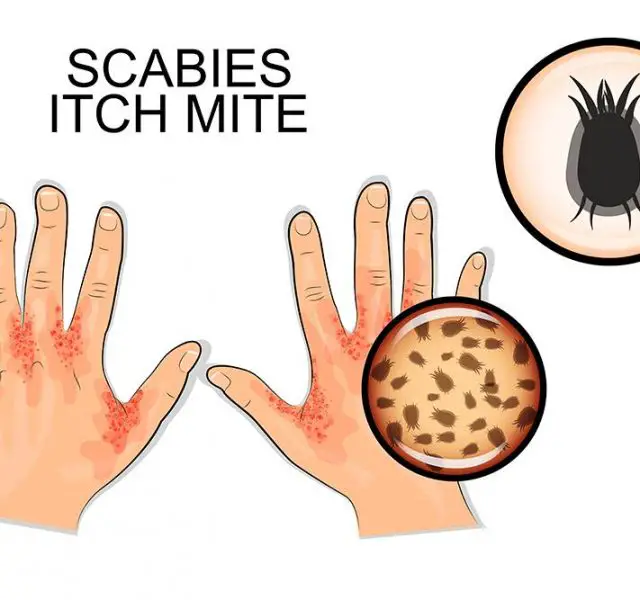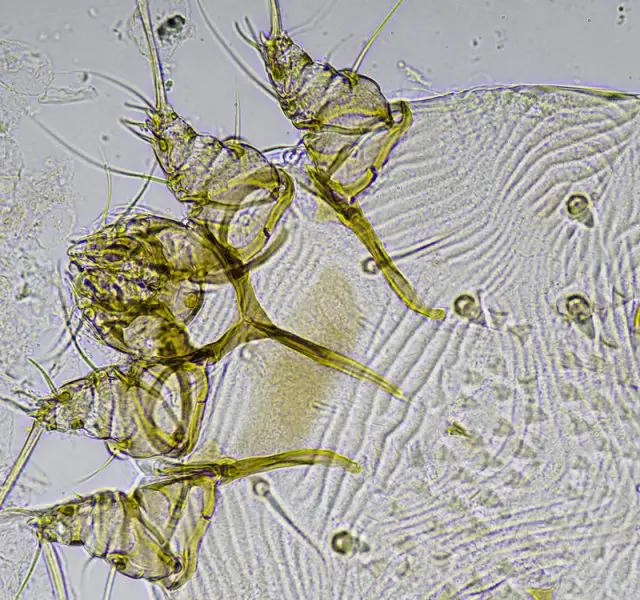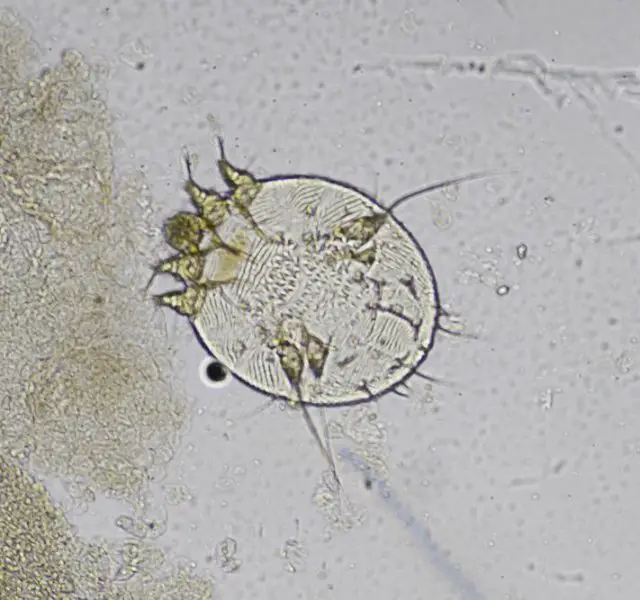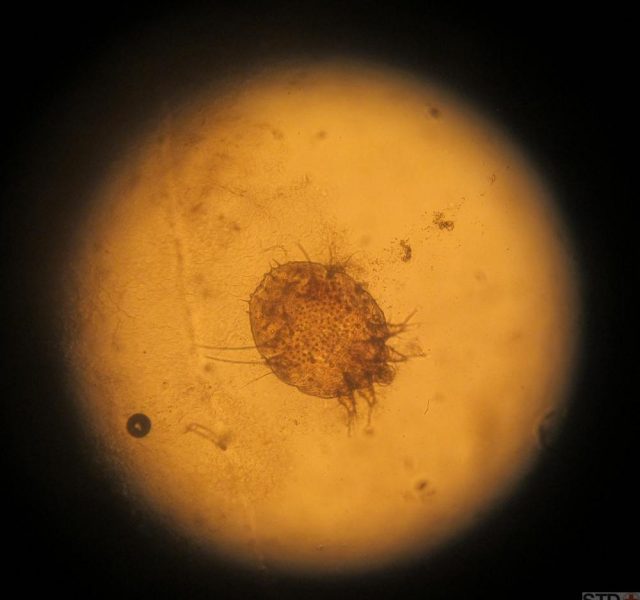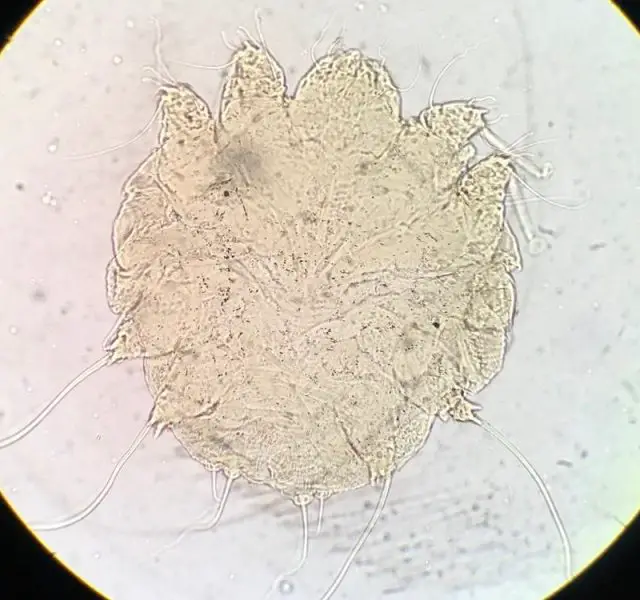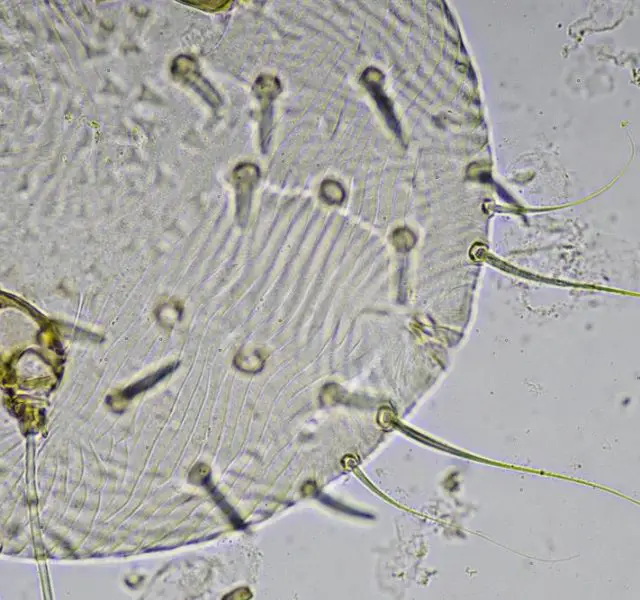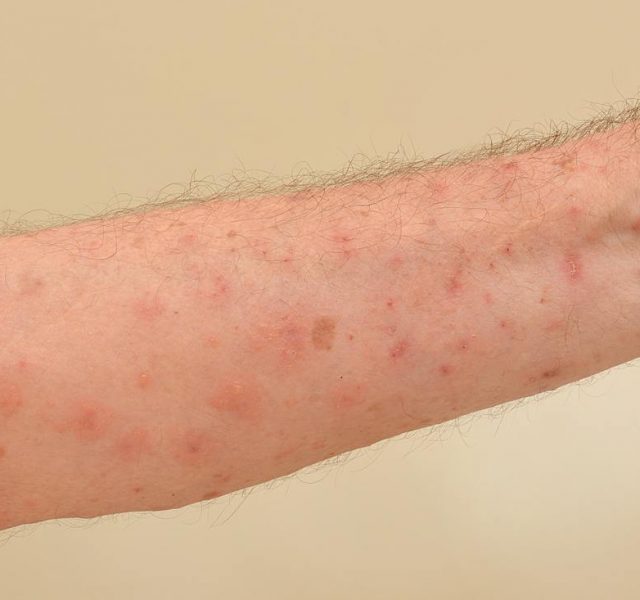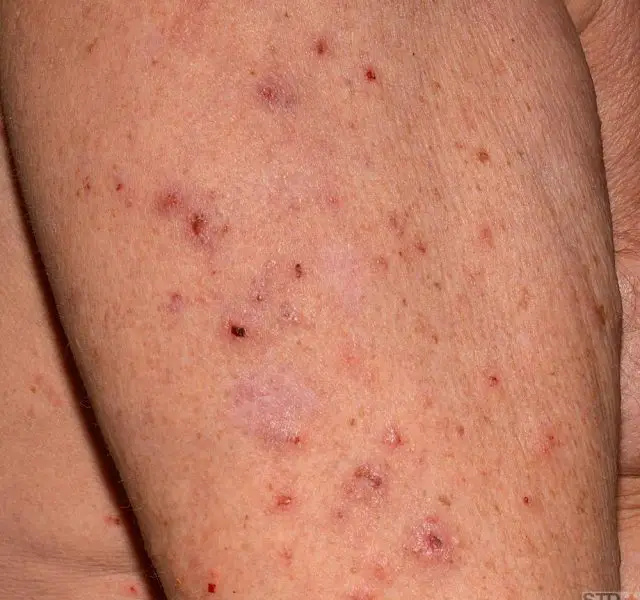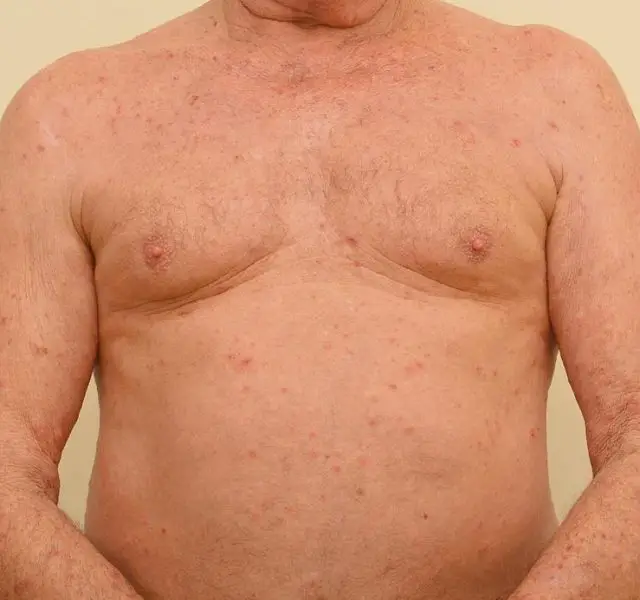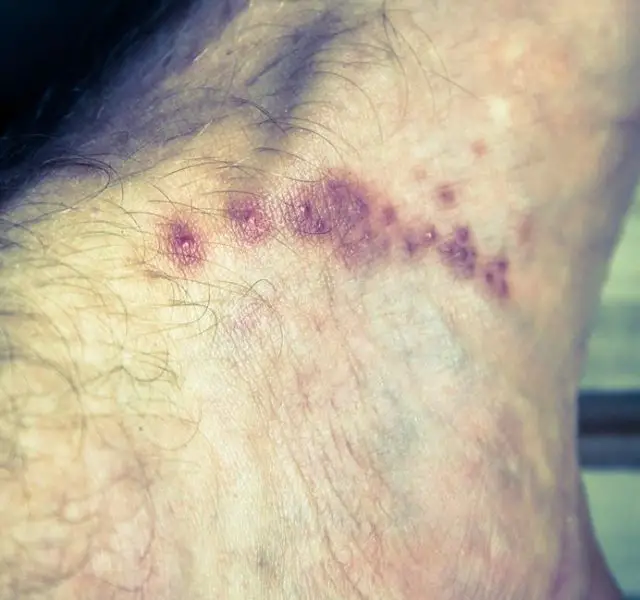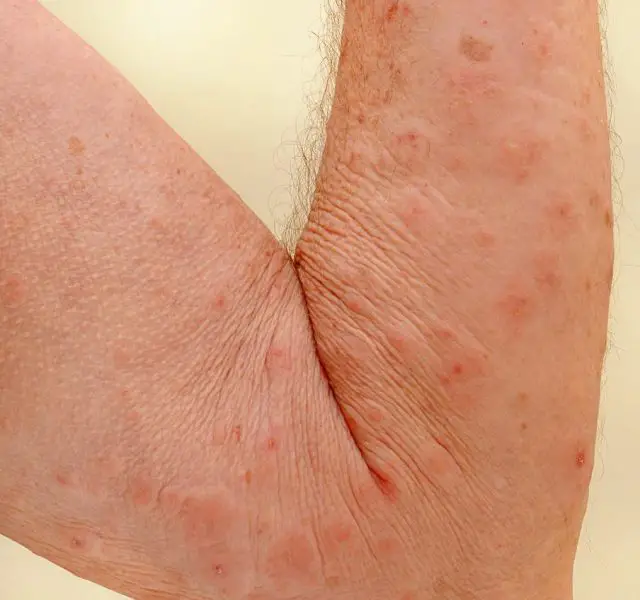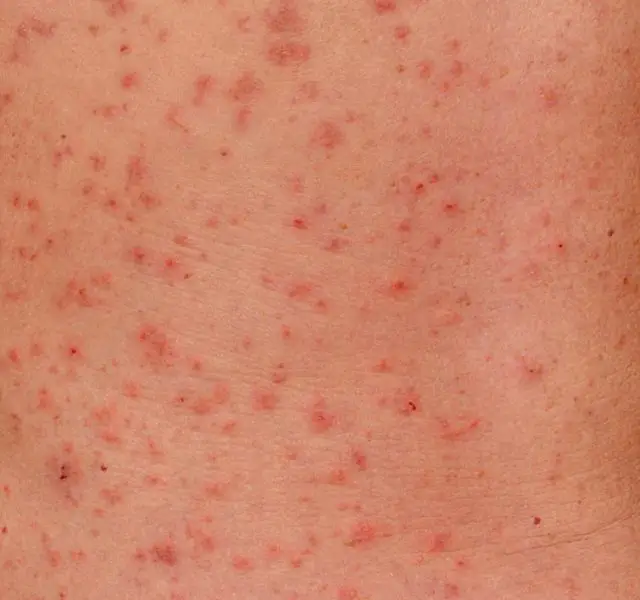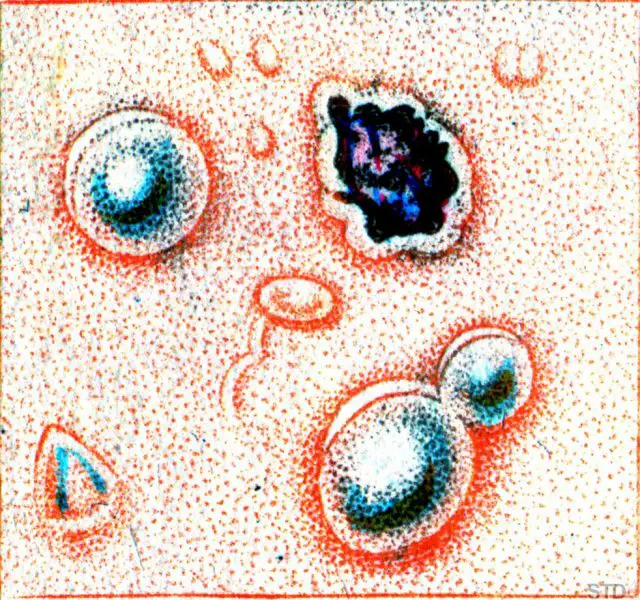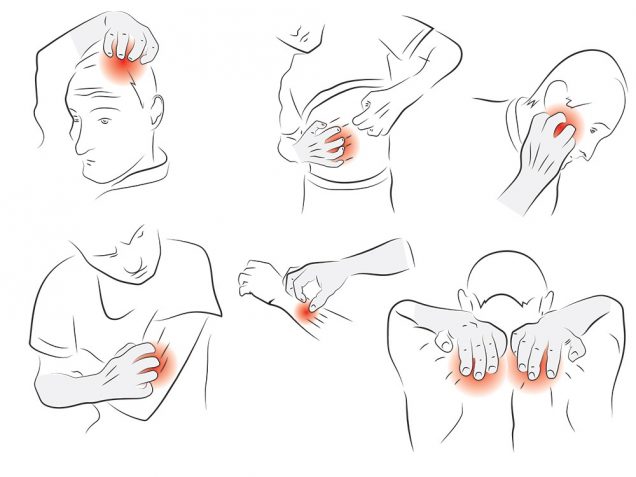Scabies
Contents
It spreads very fast in crowded areas when close body contact is frequent as well as during personal contacts Scabies occurs more often in developing countries and tropical climates. Besides, it is one of the most widespread skin diseases in children. However, nowadays dermatologists can easily diagnose and successfully treat scabies.
What is Scabies?
Scabies is an infestation, not an infection. Tiny mites reproduce on the skin surface, burrow in the outer layers of the skin and plant eggs in there. This skin condition is characterized by intense itching and skin rash. The mite is often spread during skin-to-skin contact with a person who is already infested with scabies.
The skin rash looks typical for some other diseases too, so scabies may be easily confused with other conditions in its early stages. For example, acne and mosquito bites can look like scabies. What sets the latter apart is severe itching. Each year millions of people contract scabies all over the world. The young people and the old are two groups, commonly affected by scabies.
What causes scabies?
Scabies is caused by the infestation with the female mite called Sarcoptes scabiei. The parasites dig into the upper layers of the skin known as the epidermis and deposit their tiny eggs in there. After three or four days, the larvae hatch and reach the skin surface, where they grow and mature into adults.
Scabies mites can be present at any area of the body, but their favorite places include warm spots between fingers, around breast creases and the buttock, under fingernails, around the navel and waistline or within skin folds. They also hide under bracelets, rings or watch straps.
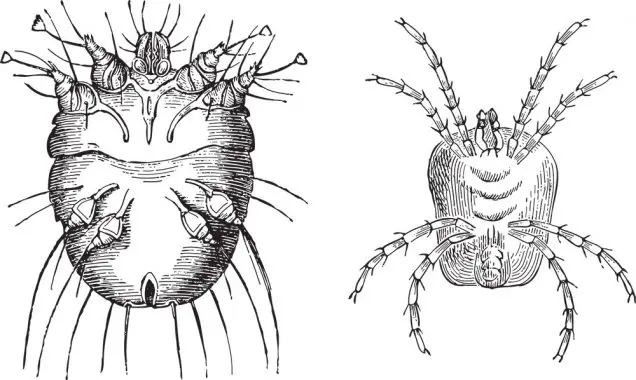
Itch mite (Sarcoptes scabiei) left and Velvet mite (Trombidium holosericeum) right / vintage illustration from Meyers Konversations-Lexikon 1897
Most people only carry 10 to 15 insects at a given time. Moreover, each mite is not more than half a millimeter long which makes them difficult to spot. However, a microscope can easily identify scabies mites and eggs from a skin scraping.
How is it contracted?
Scabies mites cannot fly or jump, they crawl slowly instead, so the only way for them to move from one person to another is wait for the people to have extended physical contact. Holding hands can transmit scabies but typically it is not spread through a hug or a quick handshake.
The disease can be quickly passed between sexual partners or household members. Shared personal items may be to blame if they are contaminated. Scabies parasites can survive outside the body for 24 to 36 hours.
Scabies can be contracted through wearing clothes or sleeping in bedding that is infested. There’s an elevated risk of contracting scabies in confined environment. Such institutions as extended-care facilities, nursing homes and prisons are common sites of scabies outbreaks. Moreover, child care facilities are typical sites of infestations.
Incubation Period
After a person has been infested for the first time, symptoms may show up in around 4–6 weeks. The symptoms develop more quickly in those people who have already had scabies before.
If it’s a recurrence, symptoms appear in 1–4 days after the exposure. Once infested, a person is contagious and can pass scabies to other people even if he or she has not developed any symptoms yet. This is called the incubation period.
Symptoms of Scabies
The hallmark symptoms of scabies include intense itching and an itchy rash. They may affect large areas or be limited to armpits, breasts, wrists, thighs, elbows, penis, webbing between fingers, belt-line, buttocks, nipples and waist.
Sometimes the rash can consist of scales and tiny blisters. Scratching the rash may result in skin sores; these sores can be infected by bacteria. Tiny burrows can be seen on the skin because the female scabies mite make tunnels just beneath the skin surface.
However, mites are usually few in number (10–15 parasites per person) that’s why these burrows are difficult to identify. These crooked skin-colored or grayish-white lines are best seen in the webbing between fingers, on the penis and breast, in the folds of the skin on the wrist, knee or elbow. People infested with crusted scabies, however, may not show usual signs of the disease such as rash or itching.
Testing
If you have suspicions concerning the presence of scabies in your body, don’t be afraid or embarrassed to visit a dermatologist. In most cases, the disease can be identified based on the appearance of rash, tiny mite burrows and your description of intense itching.
A health care professional will also perform different tests on the skin surface. A skin scraping may be necessary to identify the problem and name the precise diagnosis.
This procedure is composed of collecting small skin samples from the affected area and examining them for mites, fecal matter or eggs. A person can still be contaminated even if no signs can be found as not more than 10–15 mites are typically present on the whole body. However, people with crusted scabies can have thousands of parasites, becoming highly contagious.
Treatment of Scabies
See your doctor immediately if you suspect having scabies. Delaying treatment puts other people at risk. The two most popular treatments helping to get rid of scabies are malathion lotion and permethrin cream. Both medications are based on insecticides that destroy the scabies mite. These lotions and creams should be applied to the whole body of an infested person from the neck and down.
Pregnant women should be careful when using products with lindane because it can be harmful to their fetus. Change cloths and sleep on clean bedding after applying the lotion. Any clothing or bedding that is possibly infested with mites should be dry-cleaned or washed in very hot water. In addition, treatment is recommended for family members who have had close skin-to-skin contact with the contaminated person.
Home Remedies for Scabies
Although there is no direct evidence that scabies can be cured without any prescribed medications, there are certain things that can be done at home to keep people away from reinfesting. The simplest way to relieve itching and other symptoms of scabies is to soak the infested area in cool water for approximately 10 minutes, pat dry the skin with a clean soft towel and apply calamine lotion, available for purchase without prescription.
Home remedies also include tea tree and neem oil, hydrogen peroxide, bleach, olive oil with lemon, apple cider vinegar, clove oil, and rubbing alcohol. However, remember that over-the-counter products have not been tested and approved to treat the disease.
If you are not treated
Continued scratching can result in a secondary infection. Intense itching makes it hard to resist scratching. As a result, it can break the skin surface and cause open sores. This makes people prone to developing bacterial skin infections. For example, the infection called impetigo is one of the most common complications caused by scabies.
Symptoms may include oozing honey-colored blisters. It is recommended to treat skin infections with prescribed medications. Moreover, scabies are also known to worsen some pre-existing conditions of the skin, including eczema.
When left without any treatment, the disease can be transmitted to any person you come in a prolonged contact with. Besides, regular scabies can develop into a complication known as crusted scabies. Thousands of mites infest all parts of the body. However, unlike common scabies, the rash caused by crusted scabies doesn’t itch. This condition usually affects people with a poor or weakened immune system. Because of the great number of mites, crusted scabies is extremely contagious.
FAQ
How to get rid of scabies fast?
To get rid of scabies, special treatment is essential. It helps to kill scabies mites, eliminate symptoms and treat an infection if it has developed. During the first week of the treatment the itching and rash can worsen. Within four weeks the skin should heal.
However, to get rid of the parasites and avoid being infested again, it’s not enough to treat the skin and take medicines. There are some easy tips that can help you get rid of scabies fast.
Wash all your clothing, bed linen and towels in hot water. Use the hot dryer. Dry-cleaning will kill the mites too. Cut your nails, and then clean under them to remove mites or eggs. Thoroughly vacuum home furniture, carpets and car interiors. It’s also important to avoid scratching and keep open sores clean.
Is scabies contagious?
Absolutely, scabies is a very contagious health problem that can be transmitted during an extended skin-to-skin contact as the mites crawl from an infested person to a healthy one. This also includes sexual intercourse, however the majority of cases are contracted through other forms of physical contact.
Because of the great number of mites, crusted scabies is very contagious. Even a minimal skin-to-skin contact with an infested person or with their personal things can lead to infestation.
People can spread the disease easily by direct contact and through contaminated items such as clothes, bedding and furniture. However, close contact with a person having crusted scabies will only result in the normal scabies in a person having no issues with the immune system.
Is scabies an STD?
Scabies can be considered an STD as it is often contracted during sexual contact with an infested person. If your partner has genital scabies, you should be checked at a sexual health clinic as soon as possible.
Both partners should undergo the same treatment in order to prevent re-infection. Avoid sex or other forms of prolonged bodily contact until the treatment is completed both by you and your partner.

